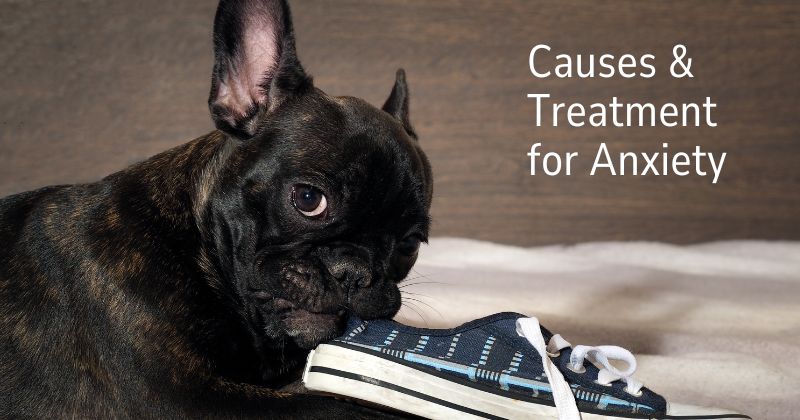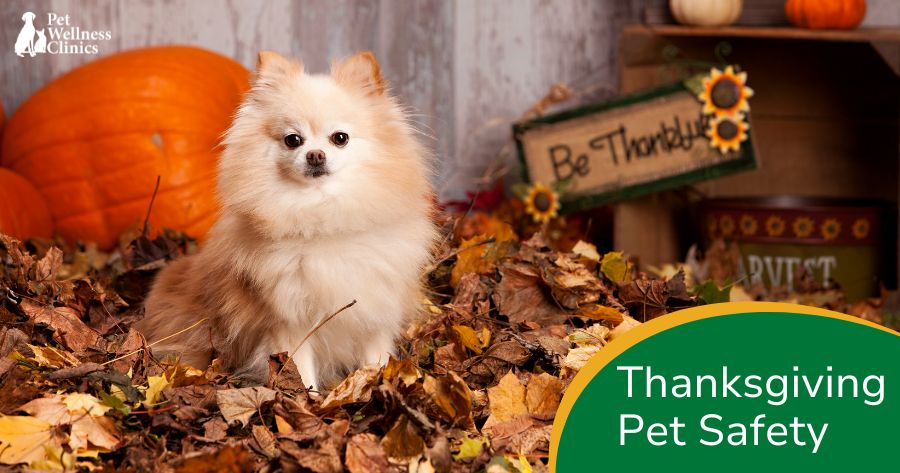
There is no indisputable confirmation on exactly why dogs suffer from separation anxiety. More shelter dogs or puppies fostered by families get this disorder. Also, losing an important person or group of caretakers can generate separation anxiety once he arrives at his forever home. However, other changes of smaller magnitude can lead to this disorder. Following are some of those causes.
Abandonment. Being abandoned or given up to a shelter or being handed over to a new caretaker can trigger a puppy to develop separation anxiety.
Schedule Change. An abrupt change in schedule in terms of when or how long a dog is left alone can trigger the development of separation anxiety. For example, if you have been working out of your house, but then get a job outside the home for six hours or longer, your dog could get separation anxiety due to the sudden change.
Change in Residence. Getting settled into a new house can be daunting for canines and humans alike and can trigger the onset of separation anxiety in your puppy.
Change in Family Members. The sudden departure of a family member due to death, divorce or other circumstance often results in separation anxiety.
In addition to suffering from this condition, your dog can learn the behaviors that typically point to this disorder, but are generated by different feelings for a different outcome. In this case, the issue is a learned behavior.
Simulated separation anxiety is often manifested in a dog with no established leader. Actual separation anxiety, however, is the result of real stress directly caused by the absence of an owner.
In simulated separation anxiety, your dog will do anything to get your attention, even if it is negative.
If the dog is using simulated separation anxiety, this can be corrected by gradually increasing the time spent in alone along with obedience training techniques, adequate exercise and strong leadership.
Show empathy to a sensitive pup suffering from this; your dog is not acting spitefully. Do not use isolation as a punishment for these behaviors, as this will exacerbate the issue. Punishing a dog with this disorder is likely just going to feed into the cycle, as these puppies crave attention of any kind.
Redirect the dog’s behavior. Give them a toy or treat in the crate before you go to work. Make this a loving and relaxing time to ease the transition and condition the dog to enjoy the process. Feed your dog before you leave since a full belly can be relaxing.
Keep the separation as low-key as possible. Try to convey comforting body language that lets your dog know this isn’t a big deal. He will eventually display less severe symptoms and calm down.
If you have the means, consider a pet sitter or doggie day care service so your dog won’t be alone, at least while you are trying to reduce separation anxiety.
If you teach your dog that your departure and arrival are not the events to build the day around, the separation anxiety will gradually subside. A certified behaviorist will teach you how to reinforce appropriate behaviors. With your patience and love, many dogs can learn to overcome fear. In some cases, these dogs may need the help of your veterinarian who can rule out medical conditions leading to anxiety and, if needed, prescribe behavior modifying medications.

.png)
